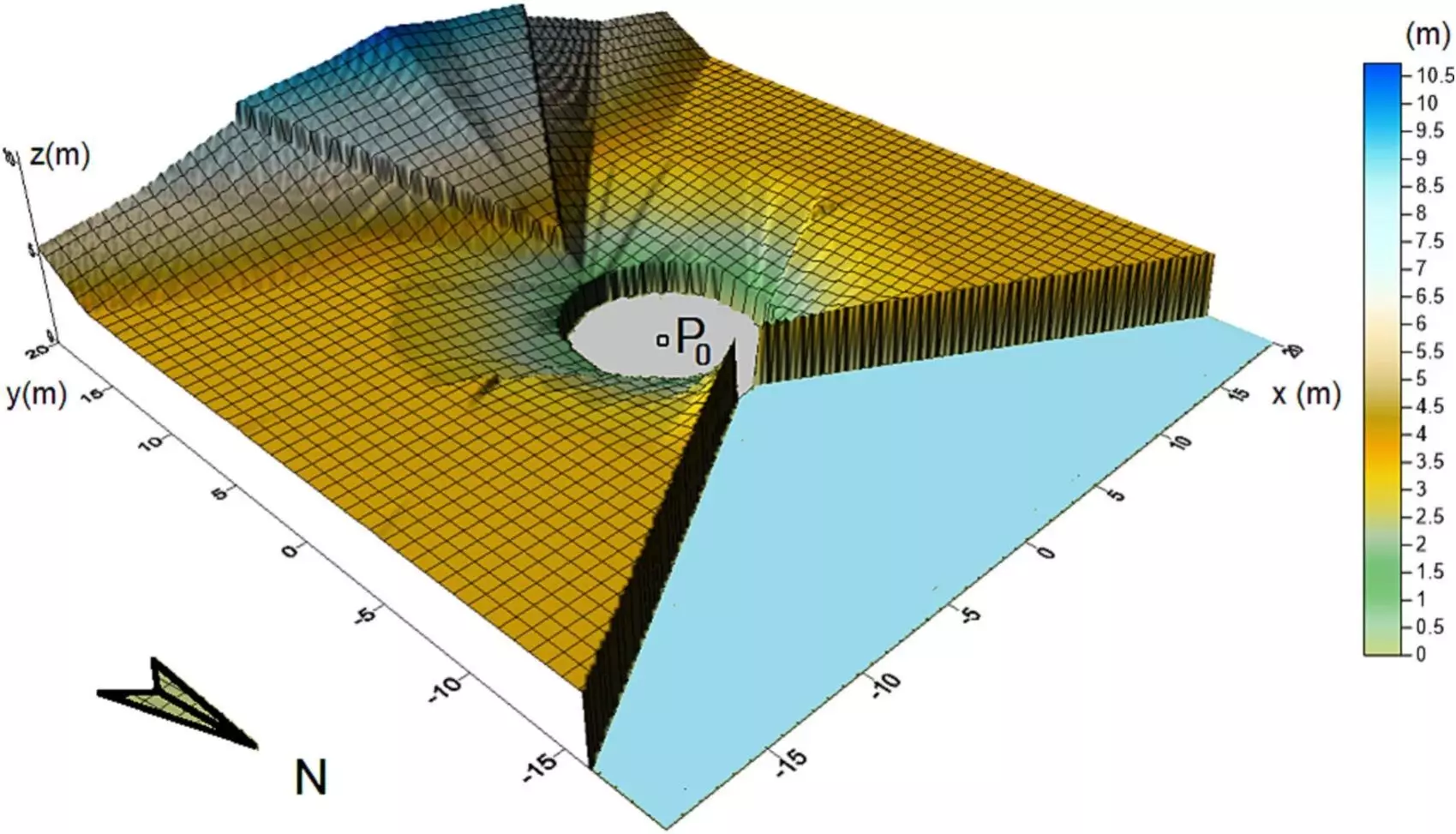The intersection of renewable energy and agriculture has been a topic of discussion for years. As solar panels increasingly encroach on traditional agricultural lands, the conflict between sustainable energy production and food cultivation has become more pronounced. The emergence of agrivoltaics as a potential solution to this conflict offers a promising way forward. A recent study conducted by the TEP215-Physics for Renewable Energies research group at the University of Cordoba sheds light on how agrivoltaics can be implemented to maximize land use and promote sustainability.
The innovative methodology developed by the team at the University of Cordoba focuses on defining the cultivable space between two-axis photovoltaic modules. This approach aims to facilitate the conversion of existing solar plants into agrivoltaic systems, where agricultural crops can coexist with solar panels. By utilizing a theoretical simulation of solar astronomy and the spatial geometry of photovoltaic installations, the researchers were able to identify areas where crops could be grown without interfering with the movement of the solar panels or compromising energy production.
One of the key findings of the study was the identification of cultivable areas between solar panels at an existing photovoltaic plant in Cordoba. The simulation revealed that a significant portion of the land between panels was suitable for crops less than 1.4 meters high, indicating the potential for productive agricultural practices within solar installations. The researchers emphasized the importance of optimizing parameters and refining the model to assess the feasibility of transitioning existing solar plants to agrivoltaic systems.
Benefits of Agrivoltaics
Agrivoltaics offers a unique opportunity to combine renewable energy production with agricultural activities, creating a symbiotic relationship between the two. The shading provided by solar panels can help crops thrive, particularly in extreme climates, by maintaining soil moisture and reducing temperature fluctuations. This dual-use approach not only enhances sustainability but also contributes to the fight against climate change by reducing land competition and increasing overall productivity.
Moving forward, the researchers highlighted the need for legislation and field trials to support the widespread adoption of agrivoltaics. By conducting experiments with different types of crops and refining their methodology, the University of Cordoba team hopes to pave the way for integrated solar-agricultural systems on a larger scale. The ultimate goal is to promote sustainable land use practices that benefit both energy production and food cultivation in a mutually beneficial manner.
The development of agrivoltaic systems represents a significant advancement in the quest for sustainable energy solutions. By creatively reimagining the use of existing solar installations and integrating agricultural activities, we can create a more harmonious relationship between technology and nature. The research conducted by the University of Cordoba serves as a stepping stone towards a future where agrivoltaics play a vital role in promoting environmental stewardship and fostering agricultural innovation.


Leave a Reply